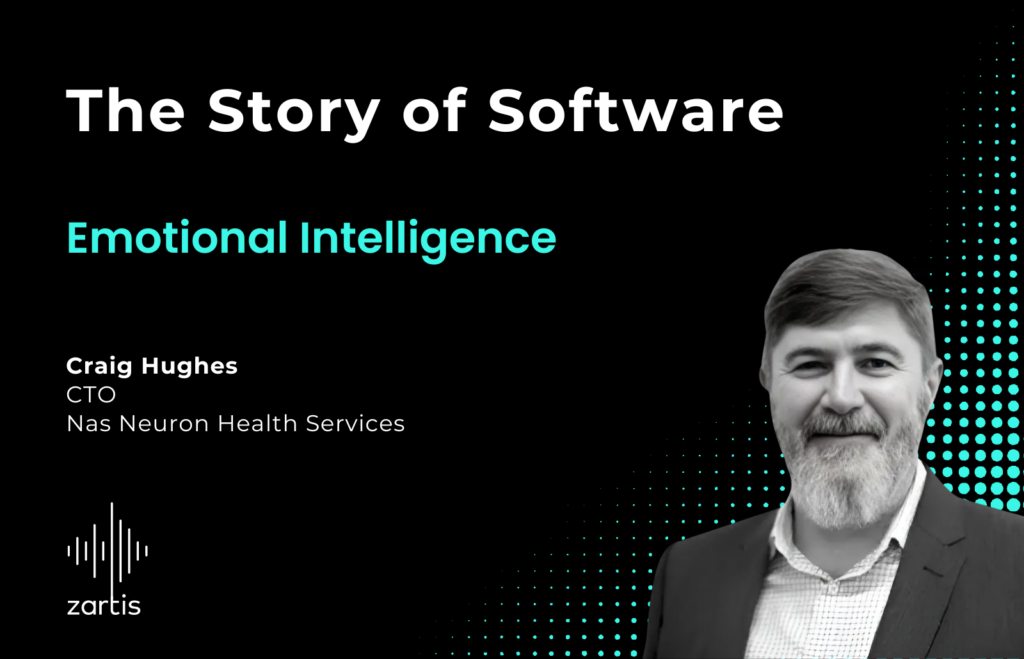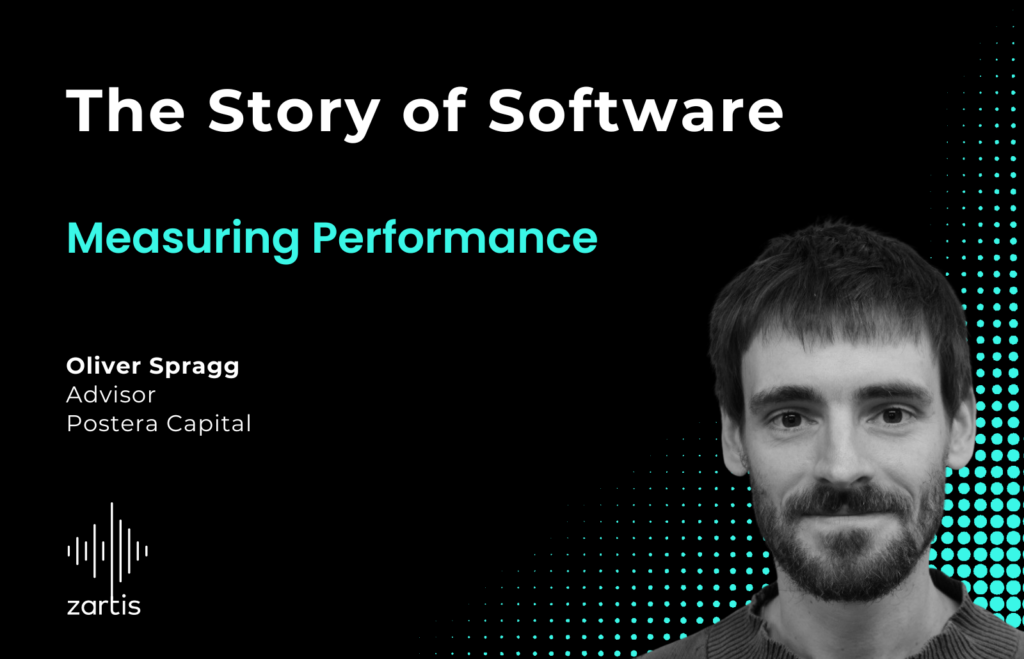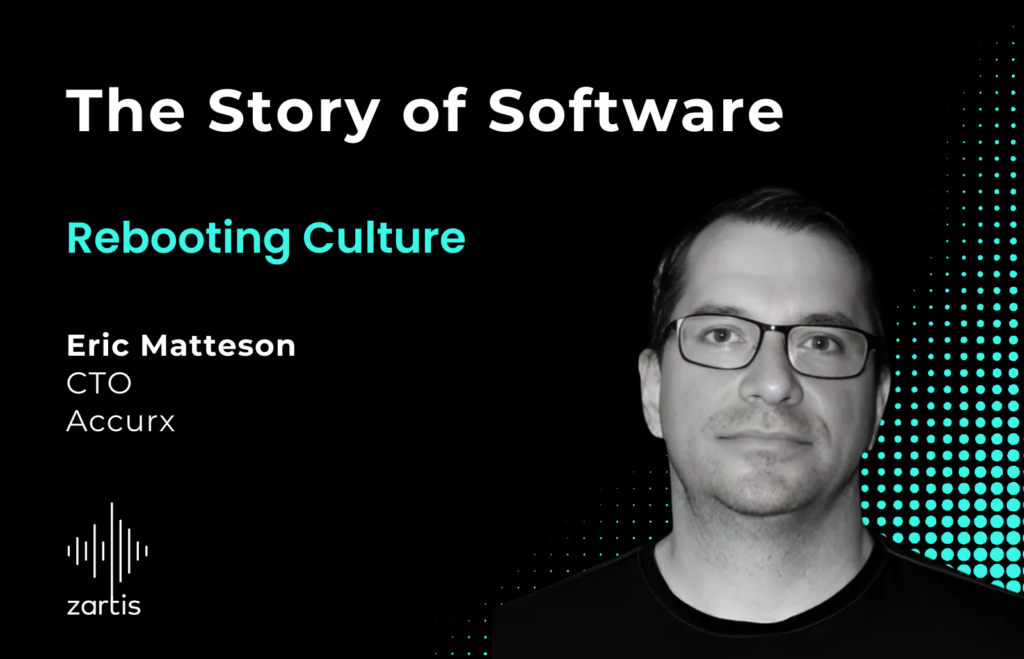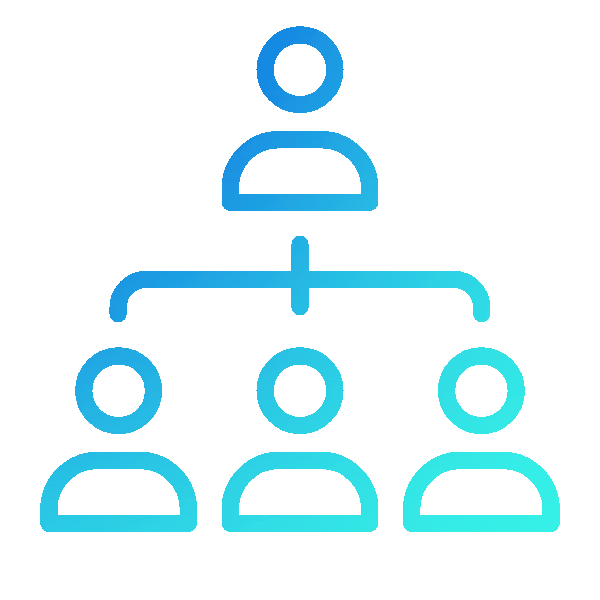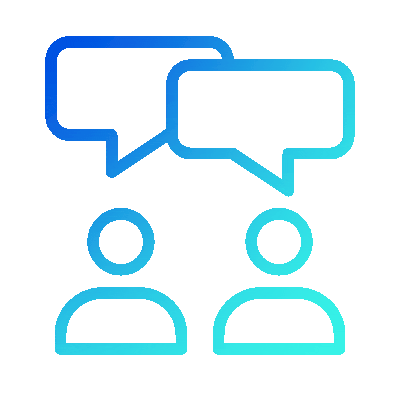Padraig Coffey, CEO at Zartis and podcast host, is joined by Roy Robinson, VP of Product & Engineering at Aylien, as they discuss technology-enabled news analytics.
On the Opportunity of Understanding News At Scale
The Guest – Roy Robinson, VP of Product & Engineering at Aylien
Roy is an Entrepreneur, Product Leader and Executive with over 25 years at the forefront of technological innovation.
Currently, he’s the VP of Product and Engineering at AYLIEN – an AI & ML-based company, specialised in text & news analysis that allow users to make sense of human-generated content at scale. They provide a range of content analysis solutions to businesses, developers, data scientists, marketers and academics, and recently won the Deloitte Innovation Award for Most Disruptive Company in Fintech.
Understanding The World of News Analytics
Roy shares his expertise on using technology to transform the world’s news into real-time business insights.
Some of the topics covered include:
- The categorization and processing of news across the internet and traditional media.
- Who needs news analytics?
- Can technology detect the next pandemic?
- The technological challenges faced when building news analytics technology.
- What challenges remain to be tackled in this space?
Episode Highlight
Episode Transcript (abridged version):
[…]
Roy, if we were to think in terms of why news analytics might be important, or who is it important to – who are your customers? Who’s engaging with you and who really needs this kind of service?
Yeah, that’s funny, I’ve been thinking a lot about that over the past year and a half, we’ve done a lot of research and we’re actually in the middle of writing a blog. The thing is, news has got such an appeal to everybody, even as individuals, even as Homo Sapiens. If you think about the earliest cave paintings, what they were doing was drawing up some of the major events in their lives, which might have been hunting a mammoth, or a storm or a raid by another group. Therefore, journalism has been going on for 1000’s of years at this point. And today, really, in the information age, there is just such a wealth of news now. We hear all of these newer terms, we’ve got fake news, as well as real news. There’s just such a multitude of uses for news now.
Where our customers come in at the moment is, we do things like risk identification. A lot of our customers are looking out for perhaps reputational risk, because they’re wanting to monitor these billions of documents that we have in our index and these millions of documents we process a day. This news analytics service is usually for specific companies, or individuals to see if their reputation is being tarnished in some way. Sometimes this can mean the companies themselves are monitoring their own reputation, how they’re being spoken about in perhaps forums, or chat rooms on social media, and mainline news articles as well. They want to get ahead of a story if they’re not aware of it, and try to protect maybe a hard earned reputation.They have their own well-known product out there, which is looking at specific types of events that happened within a country such as civil unrest, or terrorism. They would be experts in this field, and they use us to be able to surface up this news in scale, so they then can in turn, make sure their customers are aware of what’s going on within individual countries throughout the world, when it comes to turmoil and strife.
We also have people monitoring supply chains. In the case of multinationals today, their supply chain can number in the 1000s of different companies, and those companies themselves can also have dozens of other suppliers.You can see sometimes, some of the problems that arise in some locations, perhaps even with some of the suppliers of other suppliers. Either there’s civil unrest, or there’s floods or natural disasters, and they’re supplying some important components for technology that could affect the supply chain, for example, that’s one use case for supply chain management. As well as looking at environmental issues around the world, if there’s perhaps stories about one of your supply chains, for example polluting rivers, multinationals need to know these things as well, because a lot of what we do is letting people find things fast. There’s such a plethora of news there and that’s where enrichments come in, our research team and our data science team help people find exactly what they need, and cut out the noise. So instead of needing 20 analysts, you can really have one or two, and you’re using the AI and ML that we provide to be able to automate a lot of what you would typically be doing. To answer your question, there’s such a wide breadth of people that actually use news. Just to finish that thought off, even if you’re not going to directly use news to make decisions, perhaps the product that you build or your platform that you build for your internal customers or external customers is about them making decisions. So I’ll give you an example, we work very closely with Revolut for their trading app. We help to link news to whenever there are stock fluctuations, because obviously when using their trading platform or their trading app, people want to make decisions about whether they should buy stock or not, or should they sell stock. That context is so important to make decisions, and we’ve seen a massive rise in the number of people interested in relating news to specific types of changes in the environment they care about. Another example could be cybersecurity. There’s so many cybersecurity tools out there, it’s such a big thing in the headlines. In Ireland we’ve seen the HSE hack, but actually even if it’s not something which can automate decisions to be made, even if there has to be a human in the loop, having news there on specific types of attacks or specific actors across the world at your fingertips can really help security teams to be able to make decisions when they see some types of activity occurring on their network as well. So, news has an indirect application, even when it’s not involved in complete automation.
Roy, has it ever entered into your thinking over the past 12 or 18 months that your technology could be a means by which you could detect signals for the next pandemic? Because I wonder, can AI and ML be harnessed to try and detect early signals of an upcoming crisis of this type?
Yeah, very much so, that’s something that we’ve been looking at. These are black swan events that you’re referring to, that’s what the pandemic was. One of the things that we’ve been talking to some of our customers about is a new web application we’re going to be releasing later in the year called Radar. One of the things that we want is to be able to equip our analysts to deal with this term of unknown unknowns. Being able to look back in retrospect, having that 2020 hindsight is great, but actually being able to look for anomalies coming up. Typically, when you do that, you can’t do it at a macro level, so you can’t be spotting new trends within the vast quantity of data and information we have across news and the internet, for example. So what we’re looking at doing is starting in specific areas. So, one that you just mentioned, for example. Going forward, what we want to be able to do is to look for unknown topics or terms that are being mentioned, perhaps within the field of medicine, or with disease of neurology. Looking back now at what happened back in China, in late 2019, this was what would have picked that up. Because we have these things now, we can look in retrospect, and for the next pandemic, hopefully there’s not one in our lifetime anyway, but for the next one of these, we want to pick up the ways that we could have analyzed the text and the way the language was being spoken about and these anomalies, meaning how these words were being used together in a way we haven’t seen them being used previously. Then we want to broaden that out into other spheres. For example, whenever it comes to other types of risks like severe weather events, the way meteorologists are talking about weather systems, perhaps moving across countries, is another thing that if we can pick up fast, by using the patterns that happened before, we can spot black swan events, like the flooding that happened in France, Belgium and Germany recently. Obviously, we can help to get that out to people that maybe have business interests there. Obviously, there’s the human side of it, which I’m not discounting at all, but we’re talking about business customers here for insurance companies, or banks and things like that. These are things that will help them to get ahead and maybe help to support their customers much more rapidly as well. So these are things that we’re definitely looking at. They’re not easy problems to solve, but I suppose that’s why companies like Aylien are trying to do that.
[…]
Roy, you were speaking about the utilisation of your software by clients for the purposes of things like risk identification, keeping an eye on your hard earned reputation, etc. But I’m curious to know whether customers use your platform for opportunity identification. So are there companies that detect signals from the news that would maybe encourage them to make certain investment decisions?
Definitely, in various ways Padraig. One of the ways that, interestingly, the insurance industry is using news analytics is, they’re looking for new types of events that are happening that they can actually model new products on. So, that might be to do with perhaps environmental disasters or issues throughout the globe. It might be to do with new technologies that have been released and some of the issues there have been with them. Again, what they’re thinking of is, okay, cool, what new types of policies or new insurance products can we do there? Another one is related to sales intelligence. Sales intelligence can be to do with trends, so what types of trends are we seeing? Obviously, a heat wave is a type of trend we see in the weather, we need to know that’s coming down the line, so we want to be able to stock up ingredients for best selling ice creams or ice lollies, etc, etc, so that’s one small thing. Even when it comes down to trends, and other types of macro trends as well, obviously, the environment is not so much of a trend, it’s a trend, but it’s something that’s going to continue on. So, the latest trends to do with environmental issues and how people are thinking about the consumer and the consumable goods they buy, is another way that people look at things.
Something else would be to do with looking for sales intelligence. When it comes to companies that may have received new investment, or companies that have been acquired, these are good opportunities for other companies to go in and look to sell them goods or products, or that they might be willing to change the contracts they have for suppliers. So that’s another way that people are using news very much to look for sales, intelligence and trends there.
People are definitely looking for opportunities, not just for risks. Actually, risks can turn out to be an opportunity for a lot of businesses as well, especially when it comes down to the likes of the insurance industry.
You can find The Story of Software podcast on:
Apple Podcasts, Spotify, Stitcher, Deezer, & any other podcast platform of your choice.
We hope you enjoy listening to this tech podcast and feel free to share any feedback with us: podcast@zartis.com

